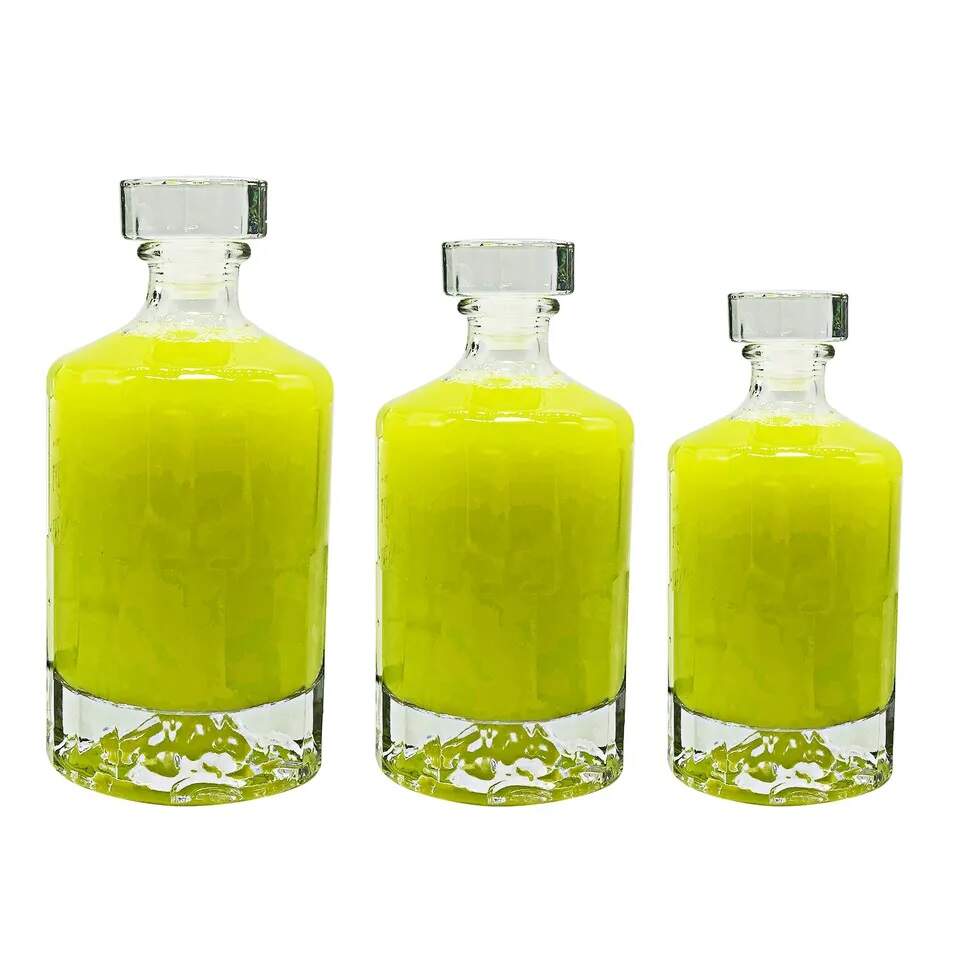Email cannot be empty
Password cannot be empty
Email format error
Email cannot be empty
Email already exists
6-20 characters(letters plus numbers only)
The password is inconsistent
Email format error
Email cannot be empty
Email does not exist
6-20 characters(letters plus numbers only)
The password is inconsistent


Introduction:
The manufacturing process of 8-ounce Boston round glass bottles in Chinese factories is intricate and influenced by a myriad of cost factors. A nuanced understanding of these elements is essential for businesses aiming to optimize their manufacturing procedures and make well-informed decisions. In this article, we delve into the complexities of cost considerations, drawing insights from raw materials, labor, energy, regulatory compliance, and comparing them to alternative materials in the packaging industry.
Cost Factors in Chinese Glass Bottle Production:
Chinese factories grapple with dynamic cost factors that significantly contribute to the overall production expenses of 8-ounce Boston round glass bottles. High-quality raw materials, particularly glass, constitute a substantial cost driver. The meticulous selection of raw materials not only impacts the bottle's durability but also its aesthetic appeal. Labor costs, another crucial element, exhibit regional variations and play a pivotal role in shaping the overall cost structure. Additionally, energy costs and adherence to stringent regulatory standards further contribute to production expenses.
Comparative Analysis with Other Materials:
Glass, as a packaging material, occupies a distinctive position in the industry. Its advantages include unparalleled durability, ensuring an extended shelf life for products. The aesthetic appeal of glass provides branding opportunities, contributing to effective market positioning. Despite these advantages, considerations such as weight and transportation costs are relatively higher than some alternative materials. Nevertheless, the environmental benefits of glass align with the growing consumer demand for sustainable packaging solutions.
Advantages and Disadvantages of Choosing Glass:
Opting for glass in packaging comes with distinct advantages and disadvantages. Glass bottles excel in durability, preserving the integrity and quality of the product. The aesthetic versatility of glass allows for intricate designs and branding possibilities, enhancing the overall product presentation. However, the weight of glass can result in elevated transportation costs, impacting the overall supply chain. Businesses must carefully weigh these factors based on the specific needs of their products and target markets.
Cost Comparison with Other Manufacturing Locations:
A comparison of production costs for 8-ounce Boston round glass bottles in Chinese factories with other manufacturing locations reveals intriguing insights. While Chinese factories may offer competitive labor costs, disparities in regulatory compliance, infrastructure, and technological advancements should be taken into consideration. The delicate balance of these factors determines the overall cost-effectiveness of production in different locations.
Supply Chain Transparency and Cost:
Ensuring transparency in the supply chain is integral to effective cost management. Chinese factories with transparent supply chains demonstrate a commitment to sourcing high-quality raw materials and maintaining efficiency in the production process. This transparency impacts logistics and shipping costs, as streamlined processes contribute to overall cost reduction. An efficient supply chain not only enhances cost-effectiveness but also aligns with global sustainability goals.
Conclusion:
In summary, the production of 8-ounce Boston round glass bottles in Chinese factories involves a nuanced consideration of various cost factors. From raw materials and labor to energy and regulatory compliance, each element plays a crucial role in determining the overall production costs. When comparing glass to other packaging materials and manufacturing locations, businesses must carefully weigh the advantages and disadvantages, considering factors such as durability, aesthetics, weight, and transportation costs. Ultimately, a transparent supply chain adds another layer of cost efficiency, aligning with both economic and environmental objectives.